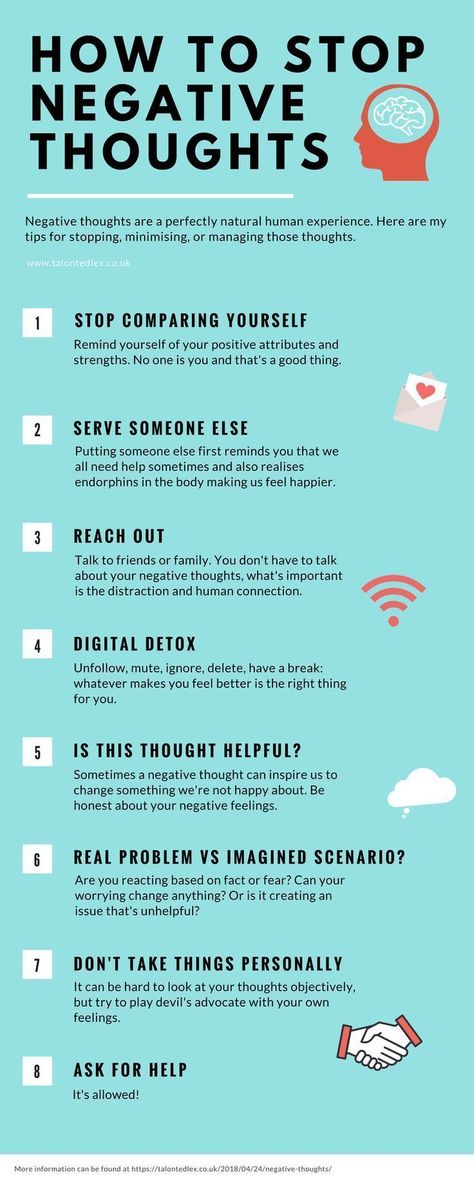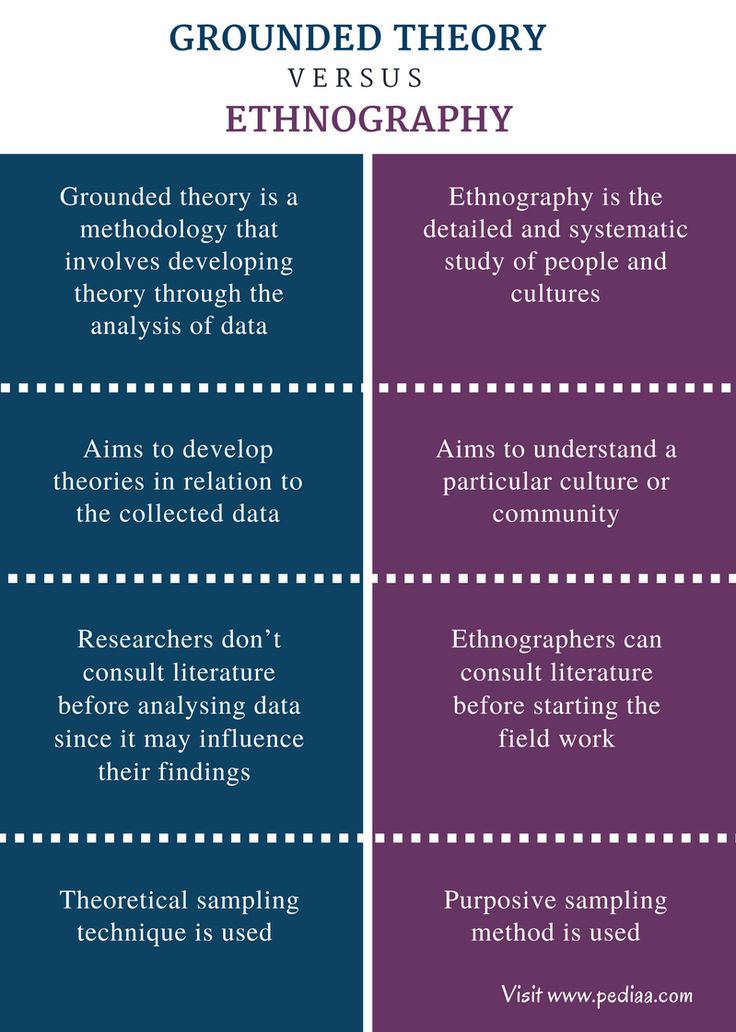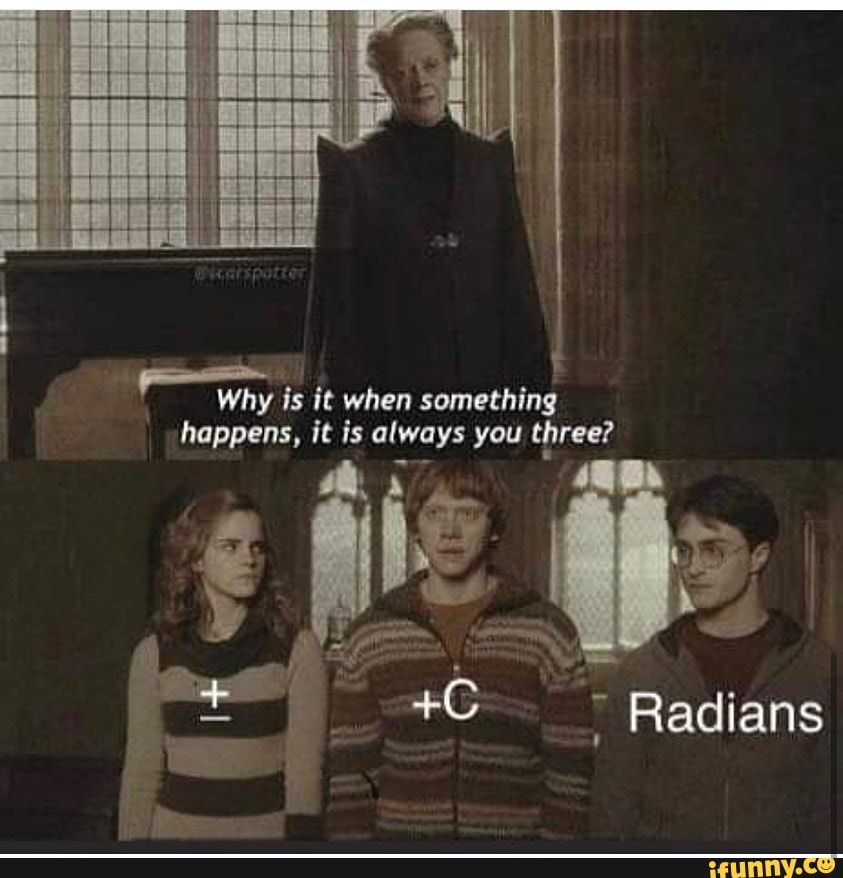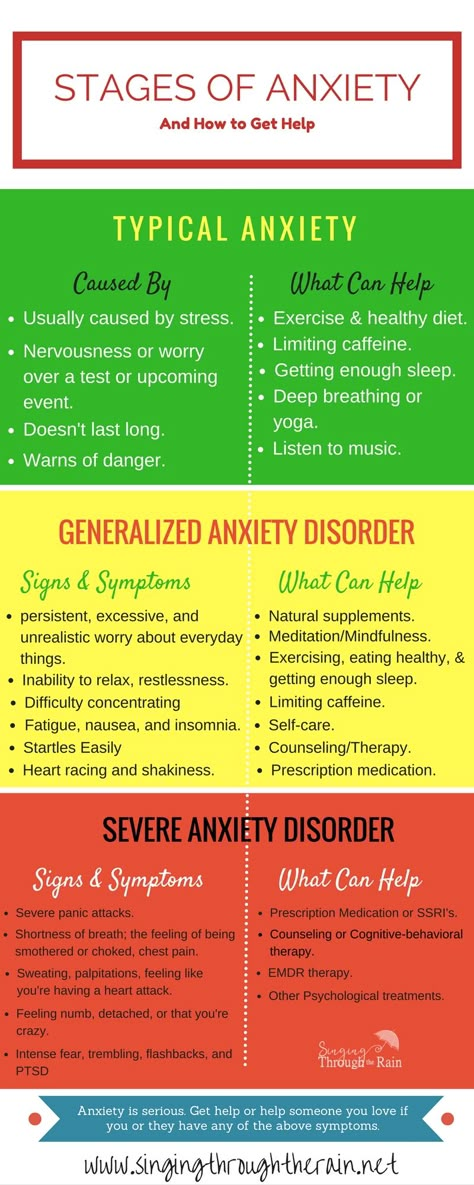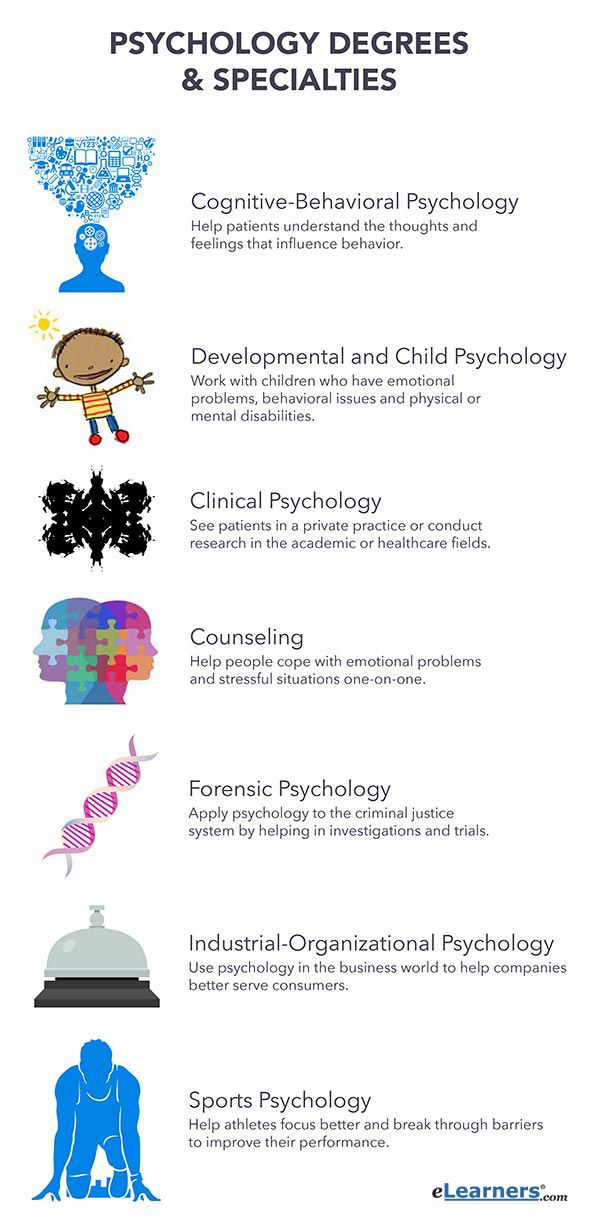Fun facts about fear
5 Things You Never Knew About Fear
“Fear is our survival response,” says Northwestern Medicine Clinical Psychologist Zachary Sikora, PsyD. Some people — roller-coaster fans and horror movie buffs — thrive on it, while other people avoid it. Have you ever wondered why?
Fear Is Physical
Fear is experienced in your mind, but it triggers a strong physical reaction in your body. As soon as you recognize fear, your amygdala (small organ in the middle of your brain) goes to work. It alerts your nervous system, which sets your body’s fear response into motion. Stress hormones like cortisol and adrenaline are released. Your blood pressure and heart rate increase. You start breathing faster. Even your blood flow changes — blood actually flows away from your heart and into your limbs, making it easier for you to start throwing punches, or run for your life. Your body is preparing for fight-or-flight.
Fear Can Make You Foggy
As some parts of your brain are revving up, others are shutting down. When the amygdala senses fear, the cerebral cortex (area of the brain that harnesses reasoning and judgment) becomes impaired — so now it’s difficult to make good decisions or think clearly. As a result, you might scream and throw your hands up when approached by an actor in a haunted house, unable to rationalize that the threat is not real.
Fear Can Become Pleasure
But why do people who love roller-coasters, haunted houses and horror movies enjoy getting caught up in those fearful, stressful moments? Because the thrill doesn’t necessarily end when the ride or movie ends. Through the excitation transfer process, your body and brain remain aroused even after your scary experience is over.
“During a staged fear experience, your brain will produce more of a chemical called dopamine, which elicits pleasure,” says Dr. Sikora.
Fear Is Not Phobia
If you’re slightly uneasy about swimming in the ocean after watching “Jaws,” the movie did what it set out to do.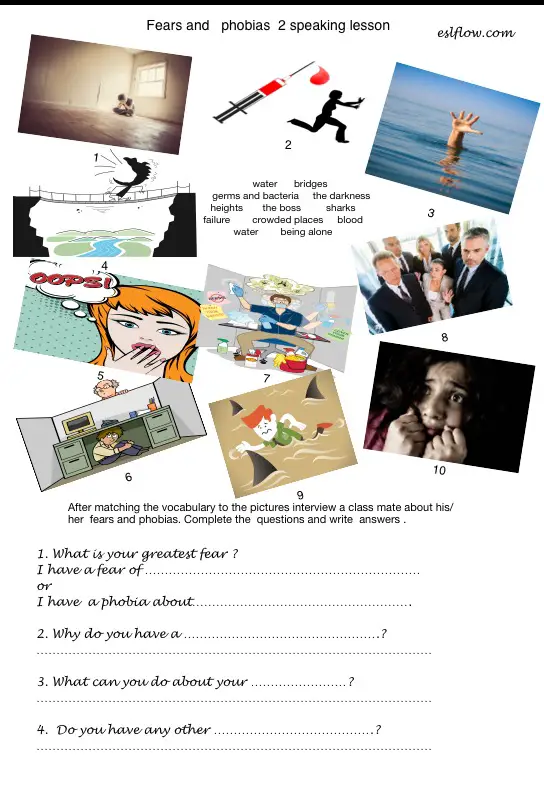 But if you find yourself terrorized, traumatized and unable to function at the mere thought of basking on the beach, you might be experiencing more than just fear.
But if you find yourself terrorized, traumatized and unable to function at the mere thought of basking on the beach, you might be experiencing more than just fear.
The difference between fear and phobia is simple. Fears are common reactions to events or objects. But a fear becomes a phobia when it interferes with your ability to function and maintain a consistent quality of life. If you start taking extreme measures to avoid water, spiders or people, you may have a phobia.
Fear Keeps You Safe“Fear is a natural and biological condition that we all experience,” says Dr. Sikora. “It’s important that we experience fear because it keeps us safe.”
Fear is a complex human emotion that can be positive and healthy, but it can also have negative consequences. If a fear or phobia affects your life in negative and inconvenient ways, speak to your primary care provider, who can help determine the kind of treatment you might need.
Eight Facts You Didn't Know About Fear – Exchange
Written by: admin
The only thing you have to fear is fear itself … in which case you are suffering from phobophobia, the fear of fear. Okay, phobophobia is probably not what Franklin D. Roosevelt was referring to in his famous speech but how odd is a phobia of fear? And what you might find even more peculiar is the science behind fear. Neurologists and psychologists are studying fear to determine how phobias and anxiety disorders form, how to treat them, and even how to predict them. The Marian Koshland Science Museum recently held a talk on the science of fear with psychology experts Daniel Pine (a researcher at the National Institute of Mental Health) and Mark Wiederhold (President of the Virtual Reality Medical Center), and we were on hand to gather eight fascinating (and sometimes surprising) facts about fear.
Okay, phobophobia is probably not what Franklin D. Roosevelt was referring to in his famous speech but how odd is a phobia of fear? And what you might find even more peculiar is the science behind fear. Neurologists and psychologists are studying fear to determine how phobias and anxiety disorders form, how to treat them, and even how to predict them. The Marian Koshland Science Museum recently held a talk on the science of fear with psychology experts Daniel Pine (a researcher at the National Institute of Mental Health) and Mark Wiederhold (President of the Virtual Reality Medical Center), and we were on hand to gather eight fascinating (and sometimes surprising) facts about fear.
1. Fears are not caused by one, big, scary event.
If you have been attributing your fear of heights to that terrible fall you experienced when you were three, you might be surprised to find out you are probably wrong. Fears develop through a complex mix of genetics and environment. Though Pine does point out two factors found to put children at risk for developing anxiety. “One major factor is underlying temperament, the tendency of a child, early in life, to react emotionally to various types of stimuli, particularly novel and social stimuli. We know that a relatively small group of children are born with a temperament called ‘behavior inhibition.’ These children tend to react with fear when they confront novelty, particularly social novelty. A second factor is having a parent with either a mood or an anxiety disorder. This association between parental emotional problems and childhood anxiety likely involves both genetic and environmental factors.”
Though Pine does point out two factors found to put children at risk for developing anxiety. “One major factor is underlying temperament, the tendency of a child, early in life, to react emotionally to various types of stimuli, particularly novel and social stimuli. We know that a relatively small group of children are born with a temperament called ‘behavior inhibition.’ These children tend to react with fear when they confront novelty, particularly social novelty. A second factor is having a parent with either a mood or an anxiety disorder. This association between parental emotional problems and childhood anxiety likely involves both genetic and environmental factors.”
2. Certain fears are universal across cultures.
“There is a very strong relationship between age and the types of fears that people report in many different cultures. This tells us that there is something fundamental about the development, as it relates to fear,” explained Pine. Early in childhood, fear of strangers and fear of separation are common. The next stage is fears of specific objects (animals, insects) and scenarios (thunderstorms, the dark). In adolescence, fears center on social experiences, such as humiliation in front of peers. Adults have more abstract fears like failure.
The next stage is fears of specific objects (animals, insects) and scenarios (thunderstorms, the dark). In adolescence, fears center on social experiences, such as humiliation in front of peers. Adults have more abstract fears like failure.
3. Individuals with anxiety disorders experience normal fear responses to scary situations.
You might expect people with anxiety disorders, phobias, or posttraumatic stress disorder (PTSD) to have unreasonably high fear responses to all scenarios, scary or not. But people with these disorders exhibit normal fear responses to scary situations. People with anxiety are not “hyper” afraid of all situations, rather they experience higher amounts of fear and anxiety to specific situations.
4. Anxiety in childhood is normal.
If you are anxious in childhood, you most likely will outgrow it. Most children are anxious but outgrow this anxiety by the time they reach adolescence. But sometimes the anxiety persists into adulthood.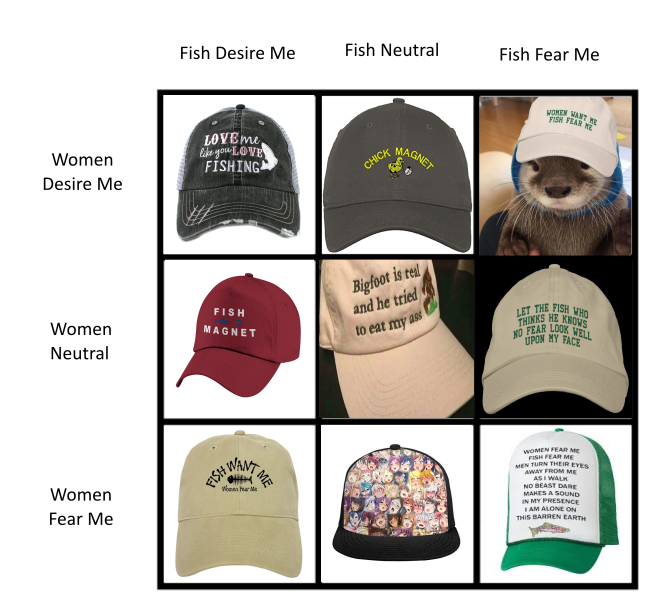 Can we tell the difference between anxious kids who will outgrow anxiety and anxious kids who will become anxious adults? At the moment, no, but neuroscientists are working on it.
Can we tell the difference between anxious kids who will outgrow anxiety and anxious kids who will become anxious adults? At the moment, no, but neuroscientists are working on it.
5. Fearless individuals do not have normal fear responses to scary situations.
Unlike people with anxiety disorders, who have normal fear responses to scary situations, fearless people do not. Fearless people are fearless, even during scary situations. (A fearless person would be calm during a plane crash, for instance.) Why are they fearless? The answer is, we do not know. Neuroscientists are working to find the answer but, in the meantime, all we have are clues. “So far, there is some evidence that people who are fearless have patterns of neural response that one might expect. That is, fearless people tend to show a tendency to not engage the very same brain regions where highly fearful people show a tendency to overly engage the region,” explained Pine.
6. Fears can become extinct.
But in this case, extinction is not the same as in the dinosaur context. Fear extinction is the process of reducing fear by creating non-fearful memory associations. For example, a mouse taught to associate a light with a loud noise. If the mouse experiences the light without the loud noise, the mouse will form new (and more pleasant) memories associated with the light. The alternate set of pleasant memories will complete with (but not erase) the original fearful memories.
7. Stress hormones enhance fear extinction.
A 2010 study examined how the stress hormone cortisol affected patients undergoing exposure therapy for a fear of heights (also known as acrophobia). The double-blind, placebo-controlled study administered cortisol or a placebo to patients an hour before exposure therapy. Subjects that received cortisol reported a greater reduction in fear of heights. Those subjects also showed significantly greater reduction in anxiety during treatment. It might seem strange for a stress hormone to ease fear but cortisol has been shown to enhance memory consolidation of new information in humans and animals, which helps in fear extinction during exposure therapy.
It might seem strange for a stress hormone to ease fear but cortisol has been shown to enhance memory consolidation of new information in humans and animals, which helps in fear extinction during exposure therapy.
8. Virtual reality is for more than gaming.
At the Virtual Reality Medical Center (VRMC) patients with phobias and anxiety are exposed to their fears through a unique form of exposure therapy: virtual reality. Phobias, PTSD, and other anxiety disorders are treated by 3-D computer stimulations (experienced through a head-mount with small TV monitors and stereo headphone) that progressively expose the patient to the stimulus of the anxiety. A person afraid of crowds, for example, would experience a simulation of walking down a street, with varying levels of people depending on the stage of treatment. Virtual reality exposure therapy is particularly helpful for patients who, for whatever reason, cannot tolerate or receive traditional exposure, such as soldiers with PTSD who are no longer deployed.
Image credits:
Homepage: Jimee, Jackie, Tom & Asha
Top right: Taranrampersand
Lower right: Zoagli
The statements and opinions expressed in this piece are those of the event participants and do not necessarily reflect the views of any organization or agency that provided support for this event or of the National Academies of Sciences, Engineering, and Medicine.
Interesting and unusual facts about fear
Do you know the feeling of fear? We think that we will not be mistaken if we assume that yes, because fear is characteristic of almost every person. But what is fear? Fear is a negative emotion caused by a person's belief that some event or another person can hurt him, pose a danger, threaten his health and life.
But why is a person afraid even when he knows that his fear has no basis? How does fear work and affect a person in general? Why does it have such a strong impact? To get at least a rough idea of \u200b\u200bthis, it is worth studying the topic in detail.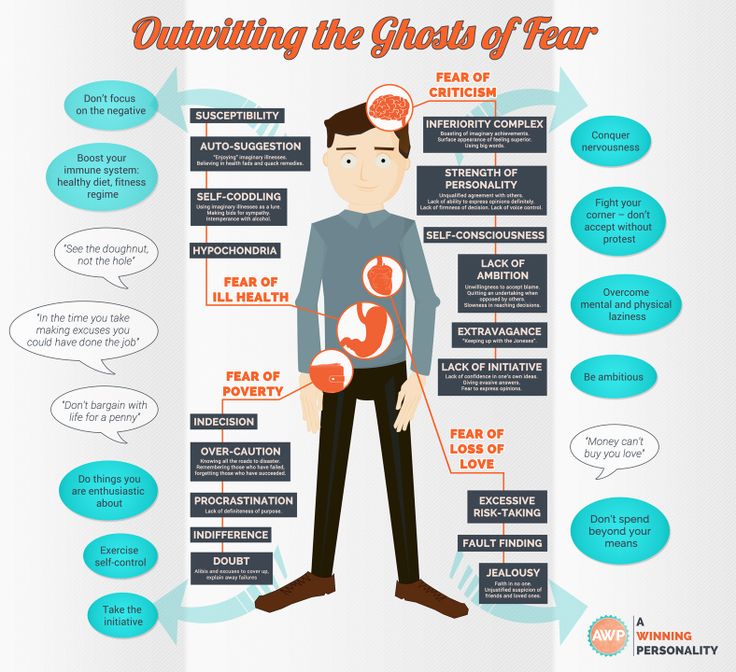 However, we are not going to conduct an in-depth study now, of course.
However, we are not going to conduct an in-depth study now, of course.
Today we want to bring to your attention some interesting and unusual facts about fear that will help you get closer to understanding it. And in more detail we talked about fear in our article “Fear. What to do with it?”, where they gave a lot of scientific arguments and expert opinions.
We all have our own fears and phobias, but still, fear cannot be regarded as something that only spoils a person's life. Fear allows you to see the dangers and think about your actions in order to keep yourself safe and sound. It is thanks to fear that we refrain from night walks through the gates, jumping from rooftops and swimming with sharks. But what is extraordinary about fear that we should know in order to better understand it and ourselves?
Fear can be inherited
Experts from Emory University in the USA found that fears, like genetic traits, can be passed down from generation to generation [Emory University, 2013].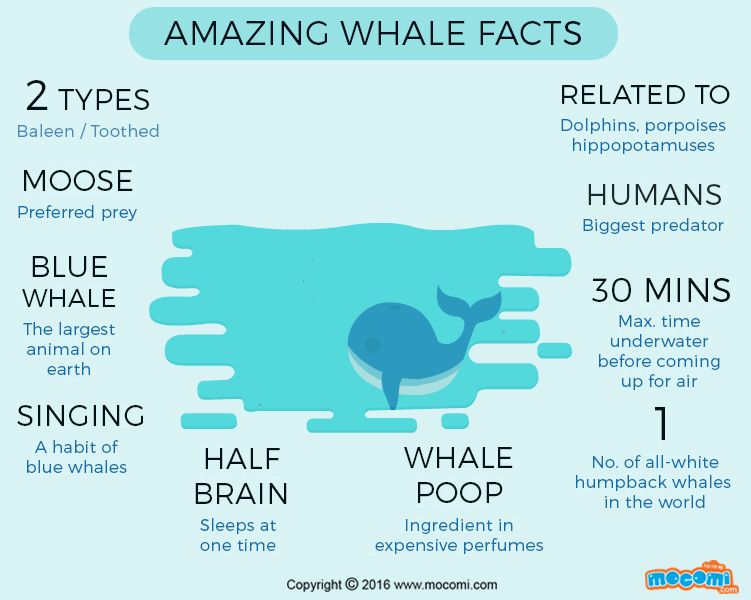 In other words, not personal or social mechanisms of fear activation come into force, but genetic ones. The experience gained by previous generations is passed on to the next. Moreover, scientists believe that epigenetic factors are the basis - when not the structure of DNA changes, but its subtle chemical modifications. This influences the expression activity of some genes.
In other words, not personal or social mechanisms of fear activation come into force, but genetic ones. The experience gained by previous generations is passed on to the next. Moreover, scientists believe that epigenetic factors are the basis - when not the structure of DNA changes, but its subtle chemical modifications. This influences the expression activity of some genes.
Many fears develop throughout life
Like many personality traits (for example, character, perception of the surrounding world, worldview), most fears also form throughout a person's life. Negative reactions develop under the influence of a variety of events occurring in life.
For example, you may develop a fear of public speaking because you were laughed at as a child after an unsuccessful reading of a poem in kindergarten. And the fear of loneliness can be a consequence of the fact that one day a loved one left you. Therefore, by the way, many fears are quite amenable to elaboration (we also wrote about this in the article “Fear. What to do with it?”)
What to do with it?”)
Fear can be conquered by love
We traditionally consider the concept of hate to be the opposite of the concept of love, but the concept of fear is also opposite to the concept of love. When a person is in love, his body produces the hormone oxytocin, and this hormone is able to dull and even completely nullify phobias and fears.
That is why we so often hear stories of heroic acts performed by men in love, or outstanding deeds performed by women for the sake of their men. Parental love can also be attributed here. Moreover, love can overcome even such fears that arose as a result of the most tragic events.
Fear smells. the body recognizes the smell of fear emitted by another organism. It is for this reason that when we are with another person and he is afraid, our state can also change.
This intangible smell can be passed along the chain from one to another. Hence one of the explanations for the "infection" of people with mass panic and hysteria or fear, when several people gather around a fire or in a dark room at night and tell each other scary stories.
Fear can lead to death
Strong fear provokes a strong release of adrenaline into the blood. This excites the nervous system so much that a person falls into a state of shock and cannot recover. At this time, adrenaline and calcium affect the heart - it begins to contract at a maximum speed, which can cause not only pain, but also rupture of blood vessels.
Of course, people with a weakened body, aged people suffering from various diseases, are subject to death from fright. But according to various scientists, such as Martin Samuels, a Boston neurologist, anyone, even a young and quite healthy one, can die from fear and severe stress [Getting Scared To Death, 2012].
Fear distorts reality
Fear affects the psyche in a very peculiar way and makes people see the world distorted. If a person is afraid of closed spaces (claustrophobia), he automatically perceives the space he is in as smaller than it is. And if he is afraid of spiders (arachnophobia), they seem to him bigger and scarier than in reality.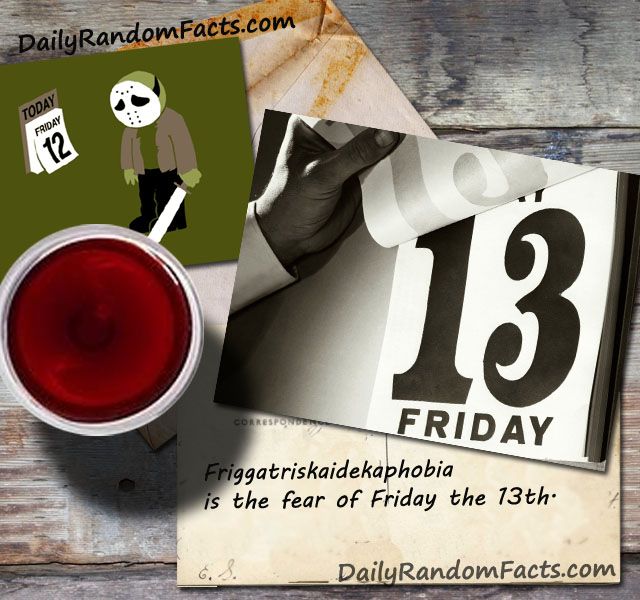
The altered perception of reality is seriously complicating the lives of millions of people around the world. It is this unusual effect of fear on consciousness that prevents people from traveling, feeling comfortable in different conditions, and choosing activities to which they would like to devote their lives.
There are people who are not afraid of anything
The amygdala, which is located in the temporal lobe of the cerebral hemispheres, is involved in the activation of the emotion of fear. But fear "works" only if this organ functions normally. If the amygdala is damaged or dysfunction is initially observed, fear may not arise.
An example of this is Urbach-Wiete disease. This is a special genetic disease associated with damage to the named organ. It is expressed in the fact that a person completely lacks fear, as well as in a person’s inability to recognize it in other people. In most cases, this "fearlessness" is a serious problem.
The most common fears
The top ten most “popular” fears, oddly enough, include fears of quite ordinary things. Among them are the fear of public speaking and communication with people (social phobia), the fear of shopping centers and open spaces (agoraphobia), as well as the fear of air travel, dentists, heights, darkness, thunderstorms, dogs and snakes.
Among them are the fear of public speaking and communication with people (social phobia), the fear of shopping centers and open spaces (agoraphobia), as well as the fear of air travel, dentists, heights, darkness, thunderstorms, dogs and snakes.
There are several common unusual fears: fear of numbers (arithmophobia), fear of books (bibliophobia), fear of not understanding the essence of what is read (acribophobia), fear of objects on the right (dextrophobia), fear of buttons (cumpunophobia), etc. For other common and unusual fears, see our article Types of Fears.
Proper breathing eliminates fear
When fear arises, breathing quickens, as a result of which the balance of oxygen and carbon dioxide in the blood is disturbed. Due to frequent and shallow breathing, the excitability of the nerve centers increases, weakness and dizziness appear. A person can easily stop controlling himself and his actions.
If you suddenly feel an attack of panic and fear, try to start breathing slowly consciously.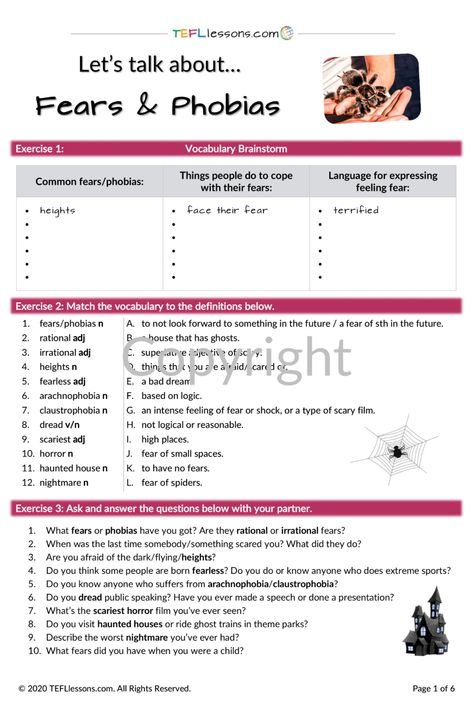 In this way, you will eliminate the excess of oxygen and begin to calm down. Literally 5-10 minutes of conscious control of breathing will bring you back to normal (by the way, read our article “Exercises for relaxation and relieving emotional stress”).
In this way, you will eliminate the excess of oxygen and begin to calm down. Literally 5-10 minutes of conscious control of breathing will bring you back to normal (by the way, read our article “Exercises for relaxation and relieving emotional stress”).
Faith relieves fear
One of the strongest fears is the fear of death. In fact, we can say that any fear is a transformed and disguised fear of death, because a person is afraid of exactly what can cause him suffering and pain, harm his well-being, life and health.
And there is one interesting feature: believing people manage to overcome the fear of death much easier. Faith in God, salvation and immortality of the soul makes the perception of frightening things not so sharp. No wonder that among the representatives of different religions there are so many people who boldly give their lives in the name of the Almighty.
Fear can be conquered
It does not matter whether a person suffers from rational or irrational fears, he can overcome them in any case, and for this it is not at all necessary to consult and help a psychologist. You just need to go towards your fear, for example, to be with the source of this negative emotion face to face.
You just need to go towards your fear, for example, to be with the source of this negative emotion face to face.
There are countless examples of people consciously immersing themselves in frightening situations and facing what they were afraid of, and after that their fears disappeared. And an excellent addition to this method are various breathing techniques and the method of systematic desensitization.
Scientists and specialists around the world have been developing ways to deal with fears for decades. And this is not without success, because using various therapeutic techniques and special techniques, people effectively cope with their phobias and fears. At the same time, we must not forget that healthy fear is an assistant that warns against danger.
If you are worried about fears, do not despair - you have every chance to overcome them. Let us remind you once again that we consider this and other issues related to fears in more detail in our article “Fear. What to do with him?" Be sure to read it to learn more about the causes of fears and their scientific justification.
What to do with him?" Be sure to read it to learn more about the causes of fears and their scientific justification.
We wish you good luck and self-confidence!
Key words:1 Psychoregulation
Why do we need our fears? Fifteen facts about fears and phobias | Psychology
1. Fear is a normal emotion inherent in us by nature. Danger signals mobilize the entire body, preparing it for flight or battle.
2. It is perfectly normal to be worried, afraid of a serious test or real danger. Fear becomes a phobia when the reaction to a situation, being, or object is markedly exaggerated or unreasonable. The cockroach looks unpleasant, but it cannot harm you. If at the sight of every dark dot or at the mere mention of an insect you start to panic, you definitely have a phobia.
3. Phobias affect about 10% of the world's population. According to the statistics of seeking psychological help, women face this problem 4 times more often than men.
Phobias affect about 10% of the world's population. According to the statistics of seeking psychological help, women face this problem 4 times more often than men.
4. All fears have a rational basis. We are not just afraid of heights, planes and snakes. Fearlessness can end badly in a fall off a balcony or a venomous bite, so don't aim to feel like an invulnerable superhero.
5. Phobias can be caused by traumatic events in childhood or later, such as an attack, an accident, an insect bite, or the loss of a loved one. Often, the fears of their parents also pass on to children. The kid sees how mother screams in fright, and begins to repeat after her.
6.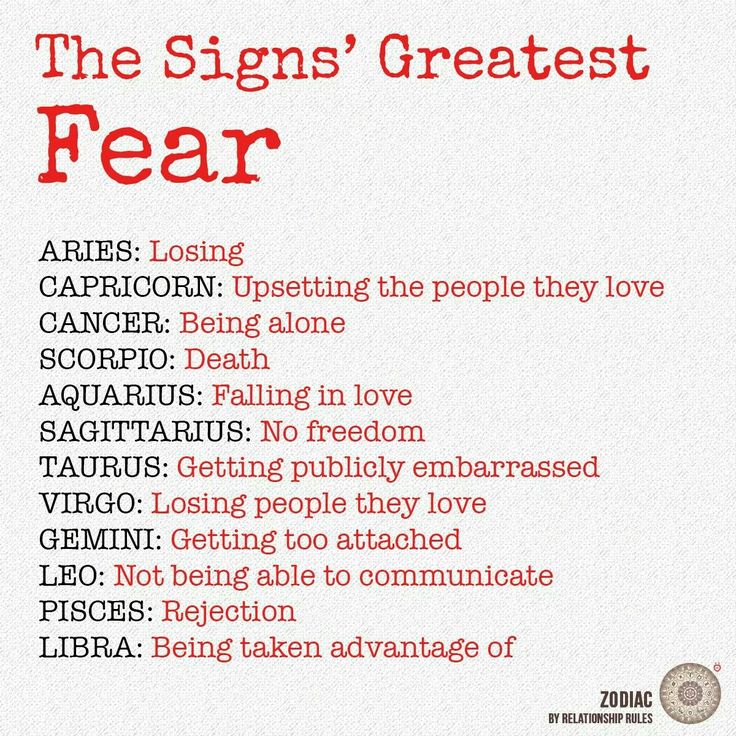 The amygdala, located inside the temporal lobe of the cerebral hemispheres, plays the greatest role in the emergence of our emotions, including fear.
The amygdala, located inside the temporal lobe of the cerebral hemispheres, plays the greatest role in the emergence of our emotions, including fear.
7. Urbach-Wiethe disease is a genetic disease associated with damage to the amygdala, which is expressed in the complete absence of fear and the inability to recognize this emotion on the faces of other people. The inability to sense danger becomes a major problem.
8. The top ten most common phobias and fears are social phobia (talking to people, public speaking), agoraphobia (open spaces, crowds, shopping malls), as well as fear of the dark, heights, spiders, snakes, dogs, dentists, thunderstorms, and air travel.
9.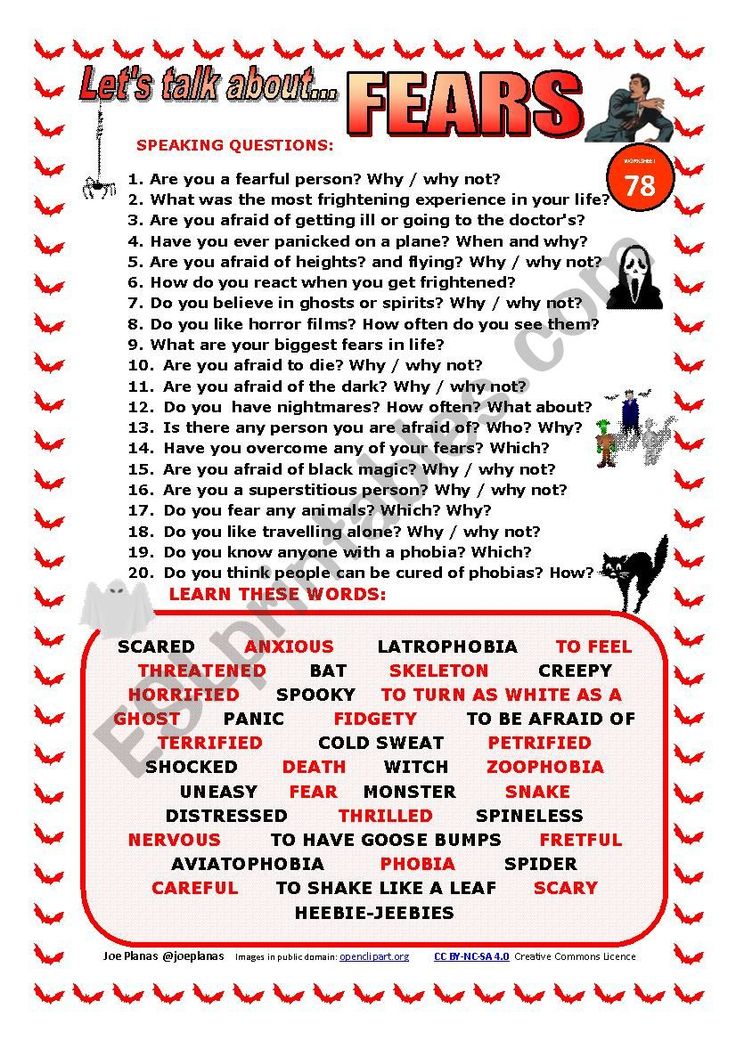 Very unusual phobias are also known, for example, bibliophobia - fear of books and libraries, or arrhythmophobia - fear of numbers.
Very unusual phobias are also known, for example, bibliophobia - fear of books and libraries, or arrhythmophobia - fear of numbers.
10. The most effective methods of dealing with phobias are gradual immersion in the frightening situation, confronting your fear, as well as breathing and muscle relaxation techniques. These methods are best used in combination.
11. When experiencing an attack of panic and fear, a person begins to breathe faster, which disturbs the balance of oxygen and carbon dioxide in the blood. Frequent and shallow breathing increases the excitability of the nerve centers, causing dizziness and weakness. By consciously slowing down our breathing, we get rid of an excess of oxygen and begin to feel calmer.
12.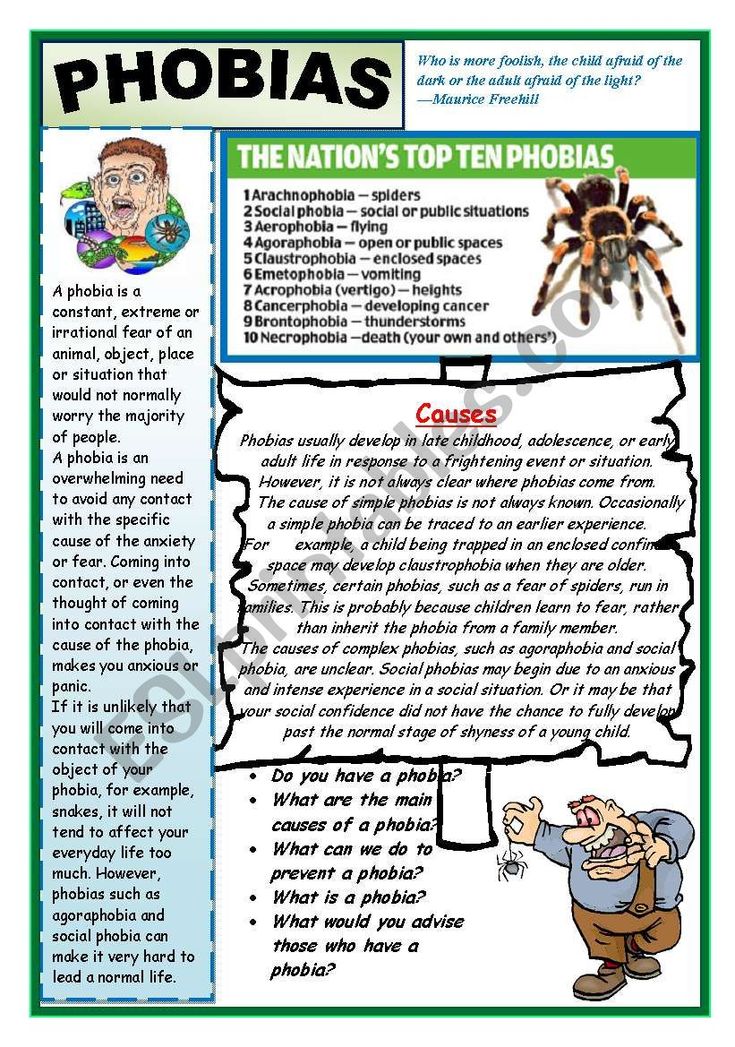 Good sleep and rest increase the effectiveness of the fight against phobias. Since the level of anxiety increases in the evening, therapy is best done in the morning.
Good sleep and rest increase the effectiveness of the fight against phobias. Since the level of anxiety increases in the evening, therapy is best done in the morning.
13. Believers overcome the fear of death much easier, because they hope for the immortality of the soul.
14. Did the dog bite? Hurry up! The sooner you begin to get rid of fear after a traumatic event, the more chances you have to permanently free yourself from this ailment.
15. The statistics on the treatment of phobias are encouraging and allow good predictions. Under the influence of systematic training and therapy, phobias disappear much more easily than many other psychological problems.